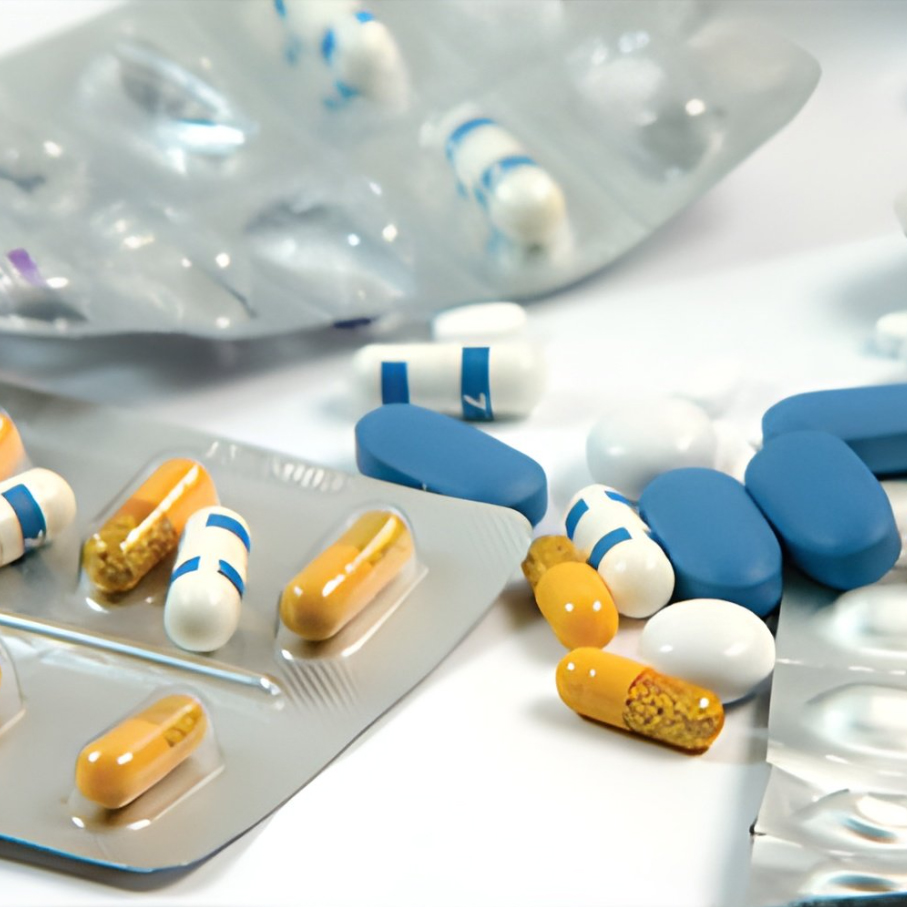How Soap Works: The Chemistry of Clean
We use soap every day—on our hands, in the shower, and to wash our dishes—but have you ever wondered what actually makes it clean? The magic of soap lies not just in its bubbles or scent, but in chemistry. It’s a simple yet powerful example of how molecules interact with each other to solve one of life’s dirtiest problems: grease and grime.
The Basics: What Is Soap?
Soap is essentially a salt made from a chemical reaction between a fat (or oil) and a strong base, such as sodium hydroxide (NaOH). This reaction is called saponification. During saponification, the fat molecules are broken down into glycerol (a type of alcohol) and soap molecules, which are long chains of carbon atoms with two very different ends:
One end is hydrophilic (water-loving).
The other end is hydrophobic (water-fearing) and lipophilic (oil-loving).
This unique structure gives soap its superpower: the ability to bridge the gap between oil and water.

The Problem with Dirt
Most of the dirt we deal with—whether it’s on our skin, dishes, or clothes—is oily or greasy. Since oil and water don’t mix, rinsing with water alone doesn’t do much. That’s where soap comes in.
When you add soap to water and start scrubbing, the soap molecules arrange themselves into tiny spheres called micelles. In these structures, the hydrophobic tails point inward (trapping the grease), while the hydrophilic heads point outward, interacting with the surrounding water.
As you rinse, these micelles are washed away—taking the trapped oil, dirt, and bacteria with them. Voilà: you’re clean!
Not Just Dirt—Bacteria Too
Soap doesn’t just remove physical dirt; it also helps remove germs. While regular soap doesn’t kill bacteria and viruses the way alcohol-based hand sanitizers do, it does lift them off surfaces, making it easier to rinse them away. This is especially true for viruses like SARS-CoV-2 (the virus behind COVID-19), which are surrounded by a fatty layer. Soap disrupts this fatty membrane, breaking the virus apart and rendering it harmless.
Hard Water vs. Soft Water
If you’ve ever noticed that some soaps lather better than others depending on where you are, you’ve encountered the chemistry of hard water. Hard water contains calcium and magnesium ions, which react with soap to form an insoluble substance—soap scum. This reduces the soap’s effectiveness.
To combat this, many modern soaps (especially detergents) are designed to work well in both hard and soft water. Some also include chelating agents—compounds that “bind up” the metal ions to prevent soap scum from forming.
Soap vs. Detergent
While we often use the word “soap” for everything that cleans, there’s a difference between traditional soaps and synthetic detergents. Detergents are chemically engineered to work in a wider range of conditions and with tougher grime. They’re especially good at cutting through grease, and they often include enzymes, fragrances, and brighteners. Think of the difference between your bath soap and your laundry detergent.
A Tiny Molecule, A Big Impact
It’s easy to take soap for granted, but it has been a cornerstone of public health for centuries. The simple act of washing your hands with soap can reduce the spread of diseases, protect against infection, and even save lives.
In a world full of high-tech gadgets and advanced medicine, it’s humbling to remember that one of our most powerful tools for staying healthy is something as basic—and as brilliant—as soap.
Our Products
-
Soma – 350mg
$1.00 / Per Pill
-
HCG 10000 IU
$12.00 / Per Vial
-
Metformin 500MG
$0.80 / Per Pill





